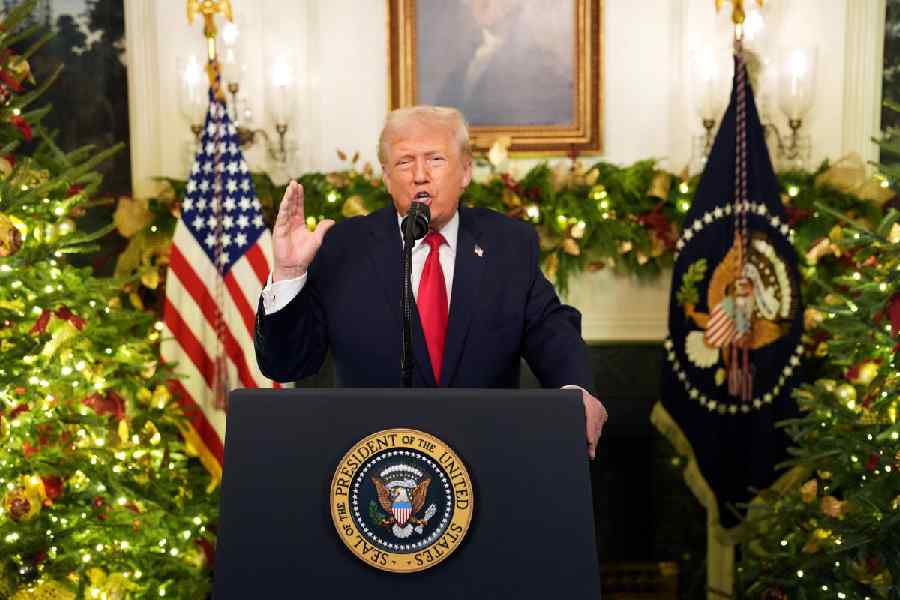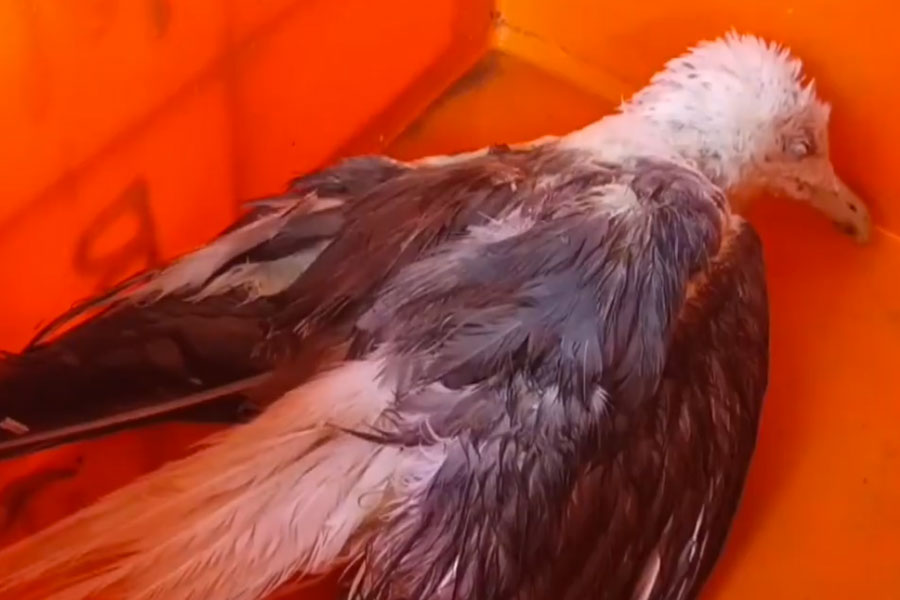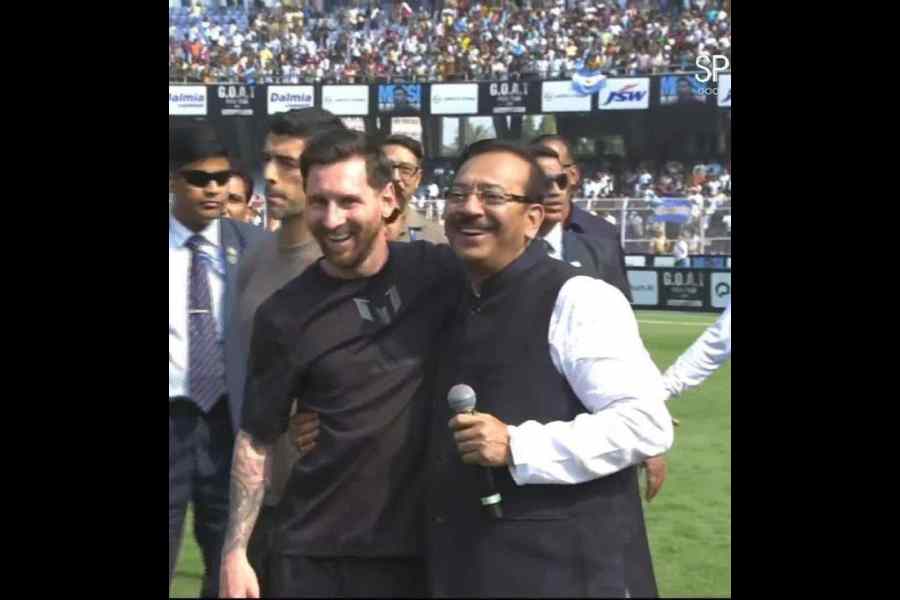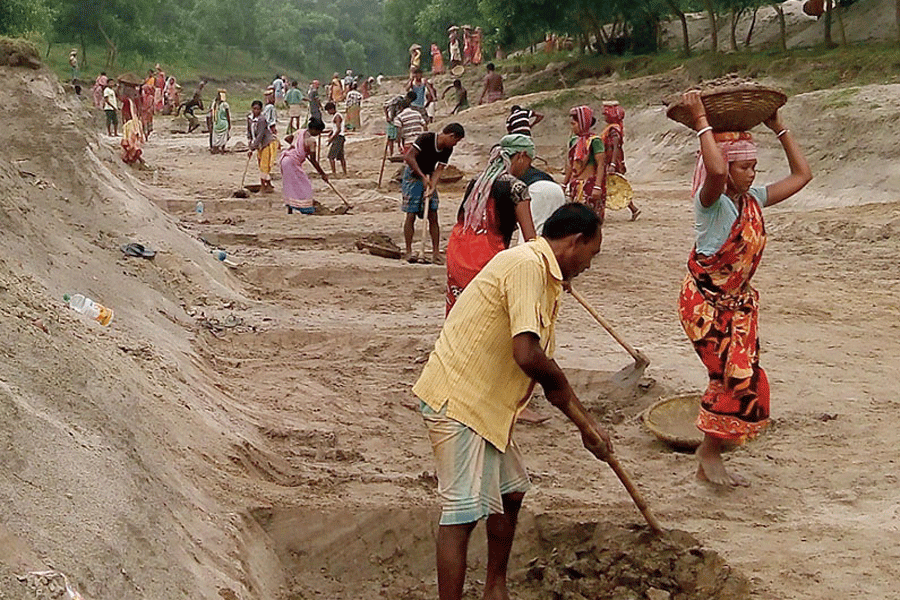While travelling Down Under this October for the World T20, the Indian cricket team will have a special person waiting to meet them — Fiona Clarke.
“I would love to meet the Indian cricket team,” Clarke, a celebrated Aboriginal artist who is a co-designer of the playing kit for the Australia T20 team, said.
During a virtual interaction organised by India’s Tribal Design Forum, Clarke spoke about her journey with Cricket Australia.
For the first time, an Australian cricket team will compete in a World Cup sporting a playing uniform honouring the First Nations.
The kit was unveiled by Cricket Australia on their Twitter handle on September 14.
The kit was designed by Clarke and Courtney Hagen in partnership with Asics. The two had collaborated on other Indigenous designs worn by Australia.
Clarke is a Kirrae Whurrong woman while Hagen belongs to the Butchulla and Gubbi Gubbi people.
Clarke is the great great granddaughter of James “Mosquito” Couzens, who played for the Aboriginal XI at the Melbourne Cricket Ground in 1866, and then travelled to England in1868 as part of the first Australian sports team to play outside of the country.
Prior to the 2016 Boxing Day Test, Clarke designed the Walkabout Wickets artwork to honour the 150th anniversary of the 1866 game. Ever since then it has been shown on the collar of the Test shirt.
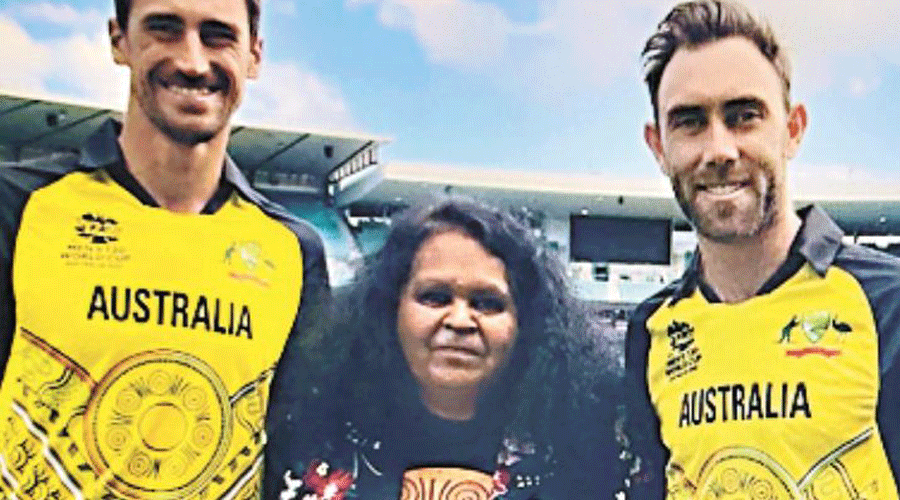
Fiona Clarke, flanked by (left) Mitchell Starc and Glenn Maxwell, at the unveiling of the World T20 kit of Team Australia. Picture courtesy: Fiona Clarke
“The overall design is to do with the process of connecting with yourself as an individual, as a team, in the community and whatever is surrounded by you. With the river, the land, whatever you see,” Clarke said.
Since cricket is a huge part of Australian life, does this kind of collaboration give the Aboriginal community a greater platform? “Well, it depends. You will find a lot of First Nations influence in every aspect of Australian life. But yes, being associated with the cricket community is something I love as an artist,” she said.
With black sleeves and a green and gold gradient on the trunk of the playing top, artwork flows around the shirt that will be worn by Aaron Finch’s team.
The long-sleeved version will see the gold and green artwork extending onto the sleeves, while the pants will be black. The caps will feature the colours of both the Aboriginal and Torres Strait Islander flags on the brim.
Clarke, who said she was badly treated by the doctor after her birth and was later bullied in school, found strength in her art.
“My art has given me recognition,” said Clarke, whose artwork is found all over Australia. She has depicted her Aboriginal culture through the visual arts, including tapestry, painting, public art and children’s literature.
Clarke was born to Audrey Clarke (nee Couzens, a Gunditjmara woman) and Henry James ‘Banjo’ Clarke a Kirrae Whurrong man.
“When I was born, I was treated badly by the doctor and nearly died. A condition called ‘concrete arm’ had set in. But thanks to the nurses and midwives I survived. But I have suffered from epilepsy and used to have multiple seizures as a baby.
“I even contracted tuberculosis and have diabetes. While I was growing up, Aboriginal children used to be bullied at school. I too suffered.
“Despite all my medical complications I survived and found my strength in my art,” she added. Her artwork and sculptors are found all over Australia.
She was also commissioned by the City of Melbourne, in the lead-up to the 2006 Commonwealth Games, to create the ‘Eel Trap’, a sculpture made out of very thick steel. It is currently in Birrarung Marr Park.
The design is based on the idea of an eel trap. “My ancestors used to make amazingly clever rock eel traps in the rivers that guided eels in to loops where they couldn’t get out. My father also used to take me fishing when he woul trap eel. He even taught me how to skin and clean the fish before we could cook it for the day’s meal,” Clarke shared.


